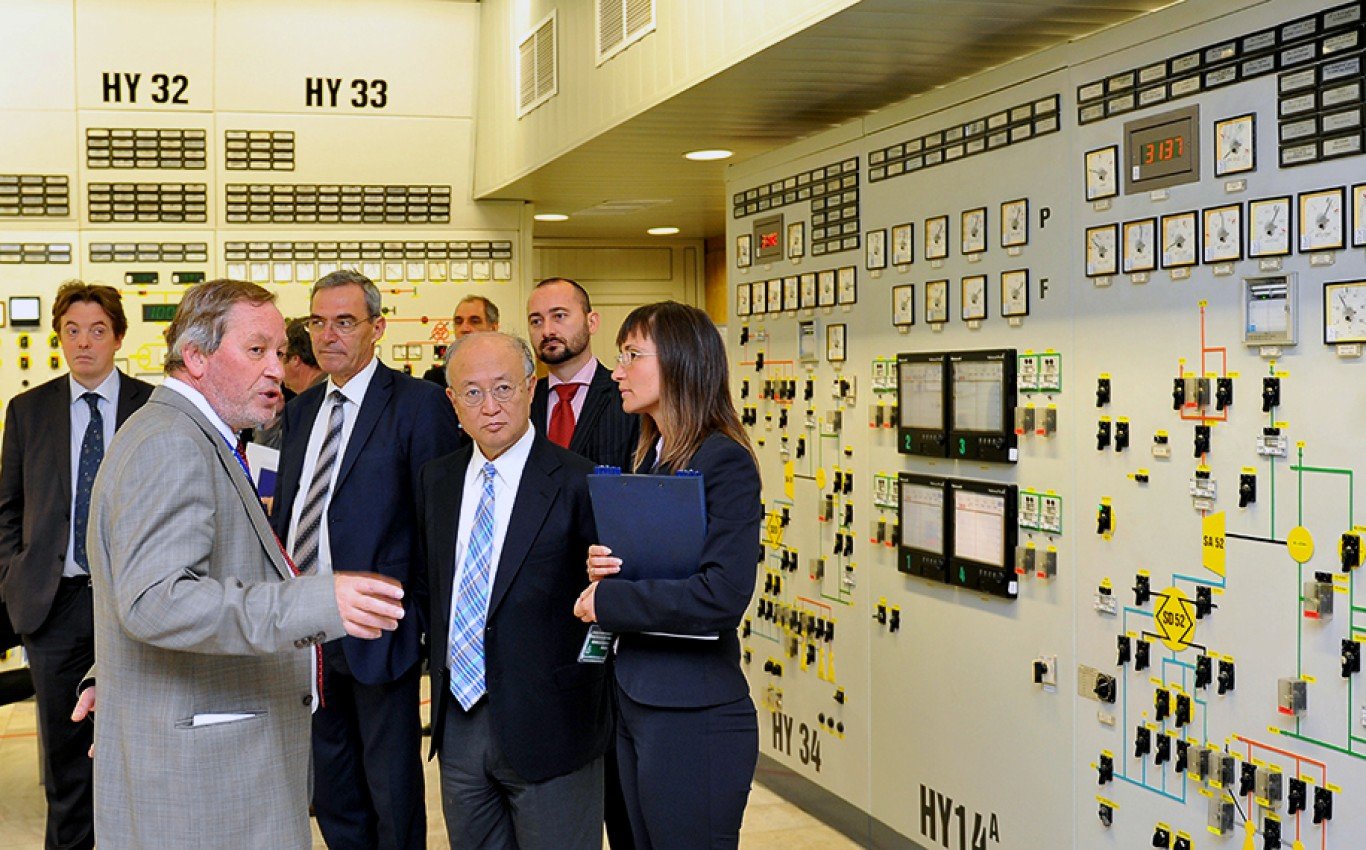Bulgaria
> No. of nuclear reactors, Nov 2022: 2
> Pct. of country energy supplied by nuclear, 2021: 34.6%
> No. of nuclear and radiology-related incidents since 1990: 26
Most of Bulgaria’s nuclear and radiological-related mishaps since 1990 have been low-level events of 0 to 1 on the International Nuclear Event Scale. And all but three of these events happened at the country’s sole nuclear power plant (containing two reactors) near the town of Kozloduy, about 110 miles north of the capital Sofia. The most dangerous incident, an INES level 4 event, occurred in the southern town of Stamboliyski at a revitalized agricultural-focused gamma-irradiation testing facility in June 2011. Five workers had accidentally exposed themselves to dangerous levels of cobalt-60 radiation.
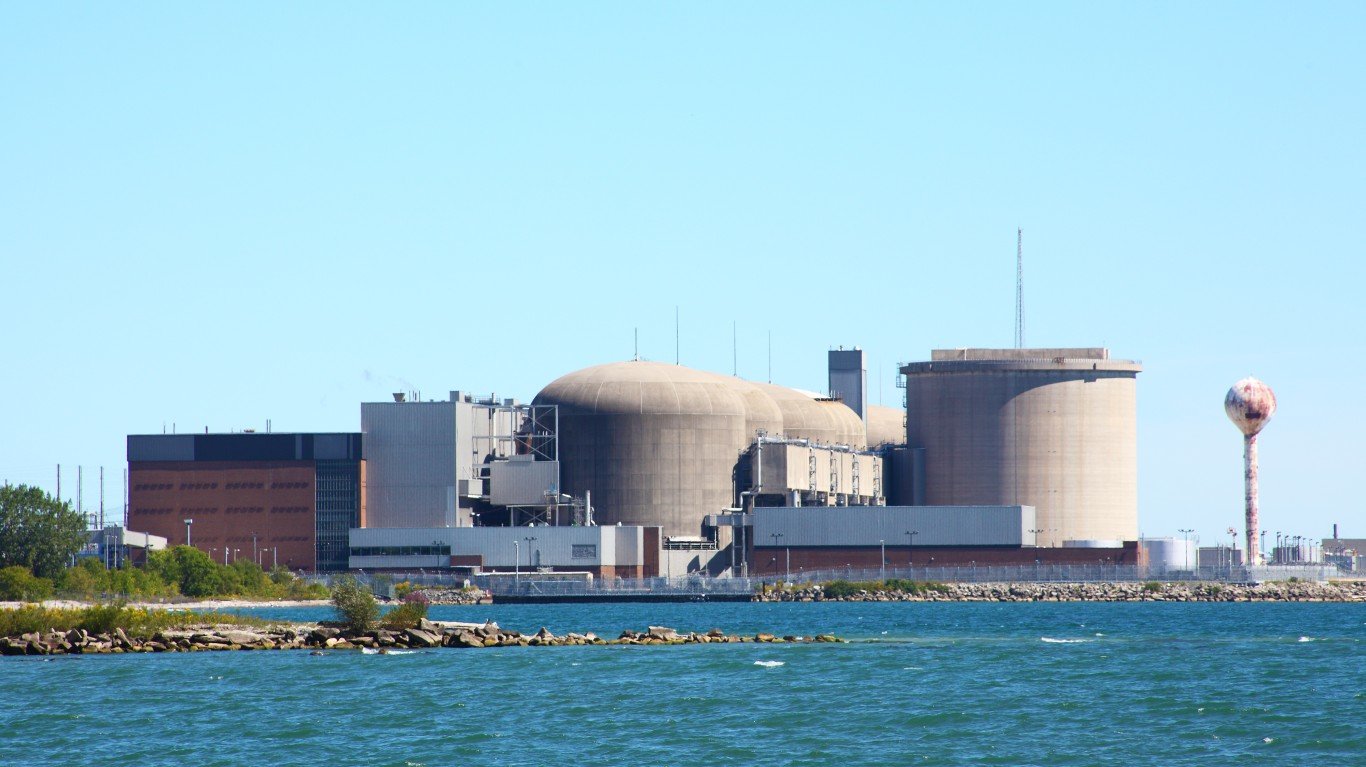
Canada
> No. of nuclear reactors, Nov 2022: 19
> Pct. of country energy supplied by nuclear, 2021: 14.3%
> No. of nuclear and radiology-related incidents since 1990: 22
Canada has not had a nuclear-related incident above level 2 on the International Nuclear Event Scale since 1990. Five of these 22 reports are “below scale,” meaning they were rated zero on the INES, including two reports following earthquakes that occurred in 2010 and 2013. Canada’s two worst nuclear plant accidents occurred in the 1950s, both at a plant in Chalk River, Ontario. The first in 1952 released radioactivity into the local environment, and the second event occurred six years later, when a radiation leak at the facility had to be contained.
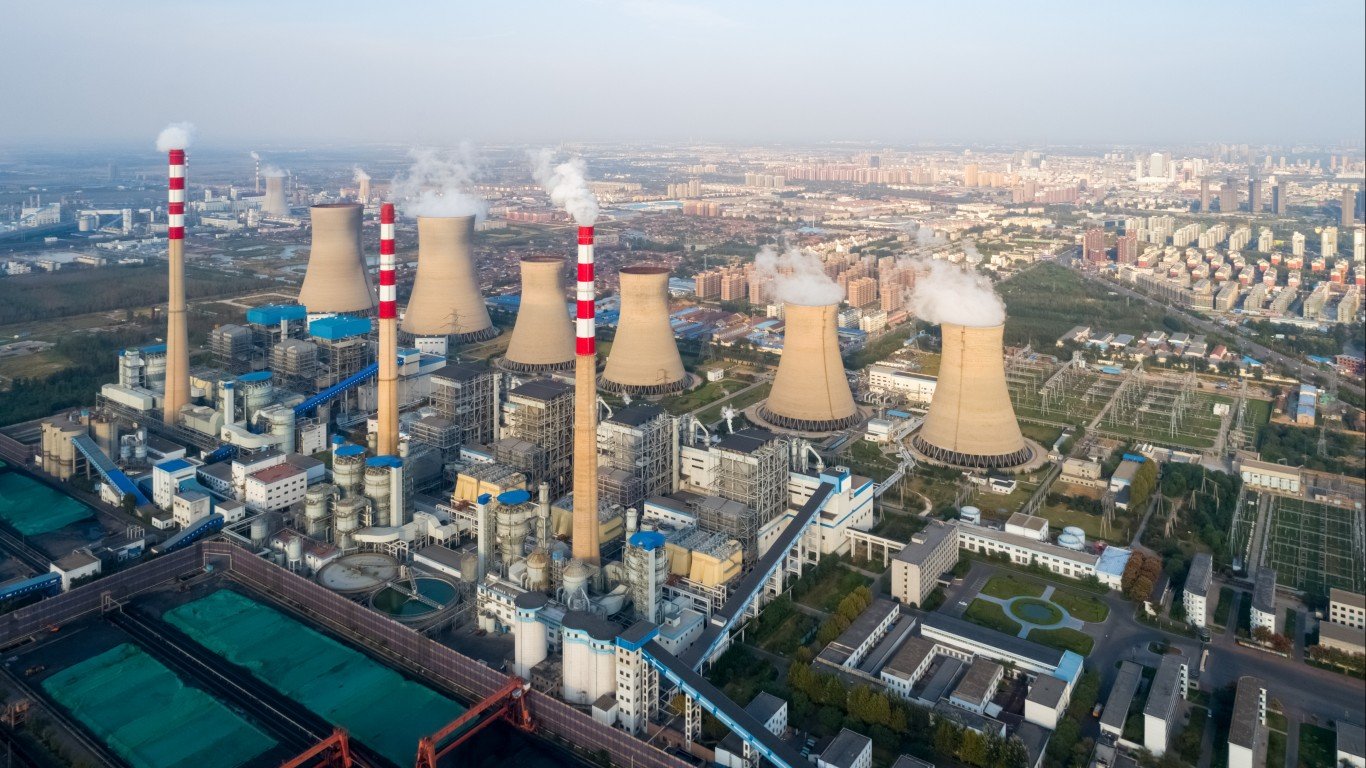
China
> No. of nuclear reactors, Nov 2022: 55 (includes 3 reactors in Taiwan)
> Pct. of country energy supplied by nuclear, 2021: 5.0%
> No. of nuclear and radiology-related incidents since 1990: 8
China has reported eight nuclear and radiological-related incidents since 1990, including three that reached level 3 on the INES. The first of these occurred in January 1992 when a lost piece of cobalt-60 in Shanxi province was found by a man who later died along with his brother and father from acute radiation poisoning. The second level 3 event took place at an electrical wire factory in Tianjin, when two workers were injured by exposure to a high frequency, high voltage electron accelerator. The third event, in 1996, injured a worker at a polyethylene project in Jihua after he was accidentally exposed to iridium-192.
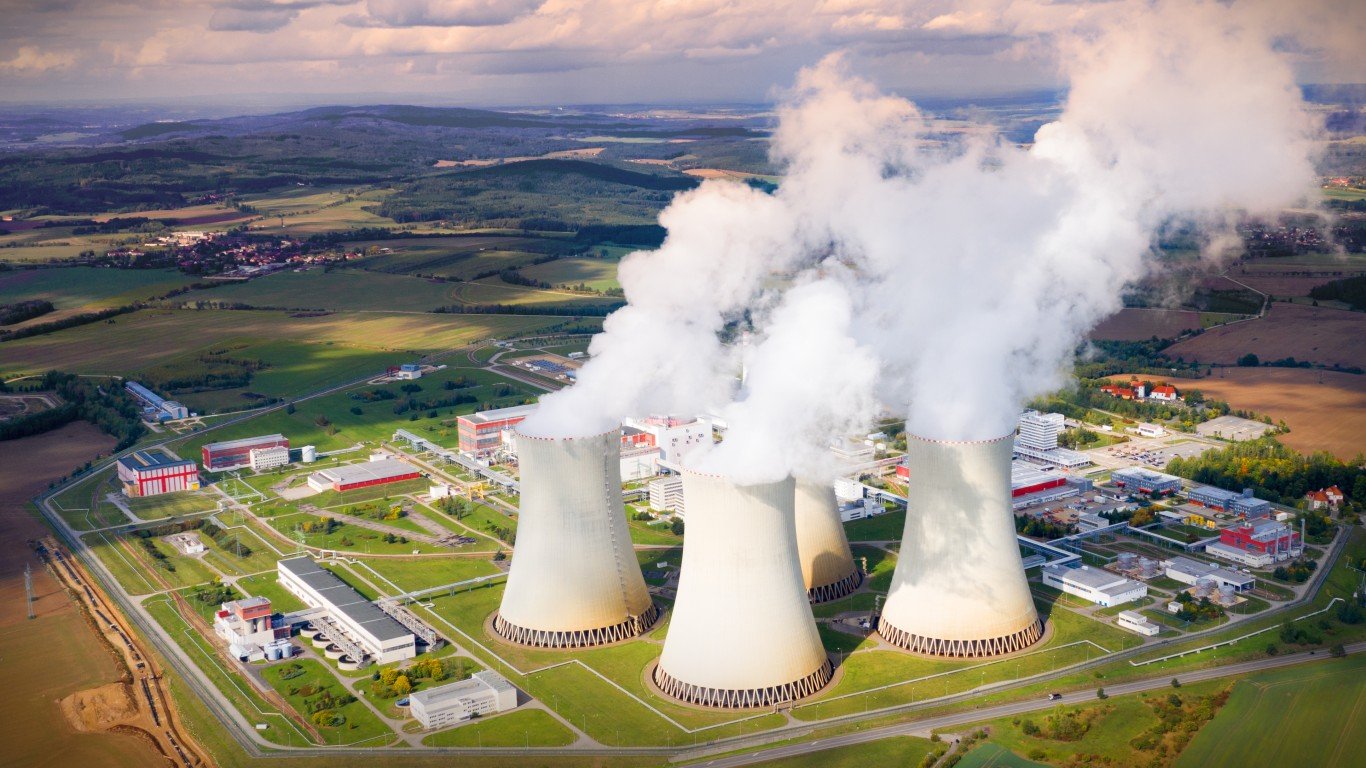
Czech Republic
> No. of nuclear reactors, Nov 2022: 6
> Pct. of country energy supplied by nuclear, 2021: 36.6%
> No. of nuclear and radiology-related incidents since 1990: 22
Out of 22 nuclear and radiological-related incidents in the Czech Republic since 1990, three measured level 3 on the INES, the first dating back to April 1990 happened at a nuclear power plant near the southern municipality of Dukovany, when a short circuit caused an emergency shutdown of one of the four reactors at the facility. The incident was rated high despite no injuries because it indicated a significant loss of defense against a meltdown.
The second level 3 event occurred when a citizen was exposed to radium-226 he found at a playground. The material was believed to come from medical equipment. In 2012, the third level 3 event occurred when a worker was overexposed to radiation at a lead foundry in the northern town of Hrob.
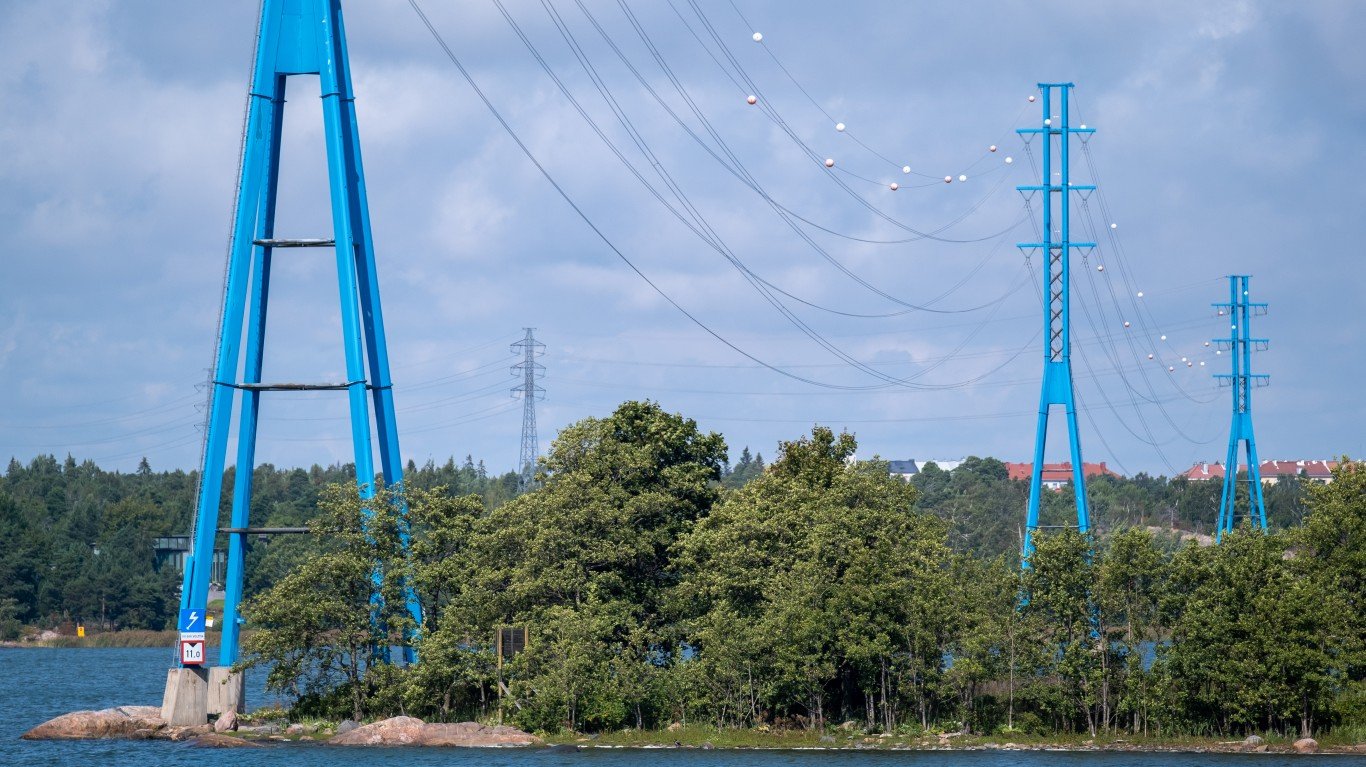
Finland
> No. of nuclear reactors, Nov 2022: 5
> Pct. of country energy supplied by nuclear, 2021: 32.8%
> No. of nuclear and radiology-related incidents since 1990: 19
Out of the 19 nuclear and radiological-related mishaps that have occurred in Finland since 1990, five rose to INES level 2, meaning each incident involved at least one worker overexposed to radiation and/or there was a measurable degradation of defense mechanisms designed to prevent accidents. The most recent INES level 2 event in Finland occurred at a veterinary clinic in the western city of Tampere when a worker was exposed to high levels of iodine-131 that was used to treat hyperthyroidism in cats. The transmission came from remnants of the isotope on the fur of one of the felines.
